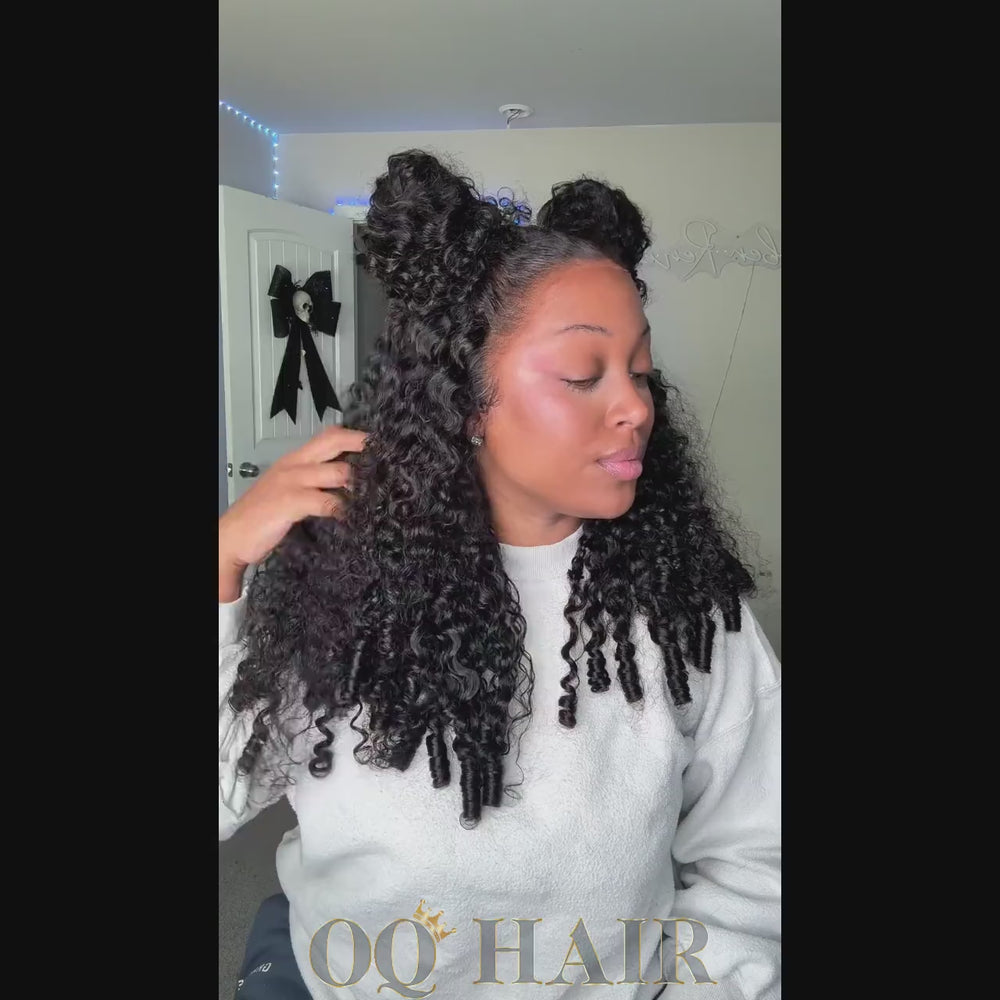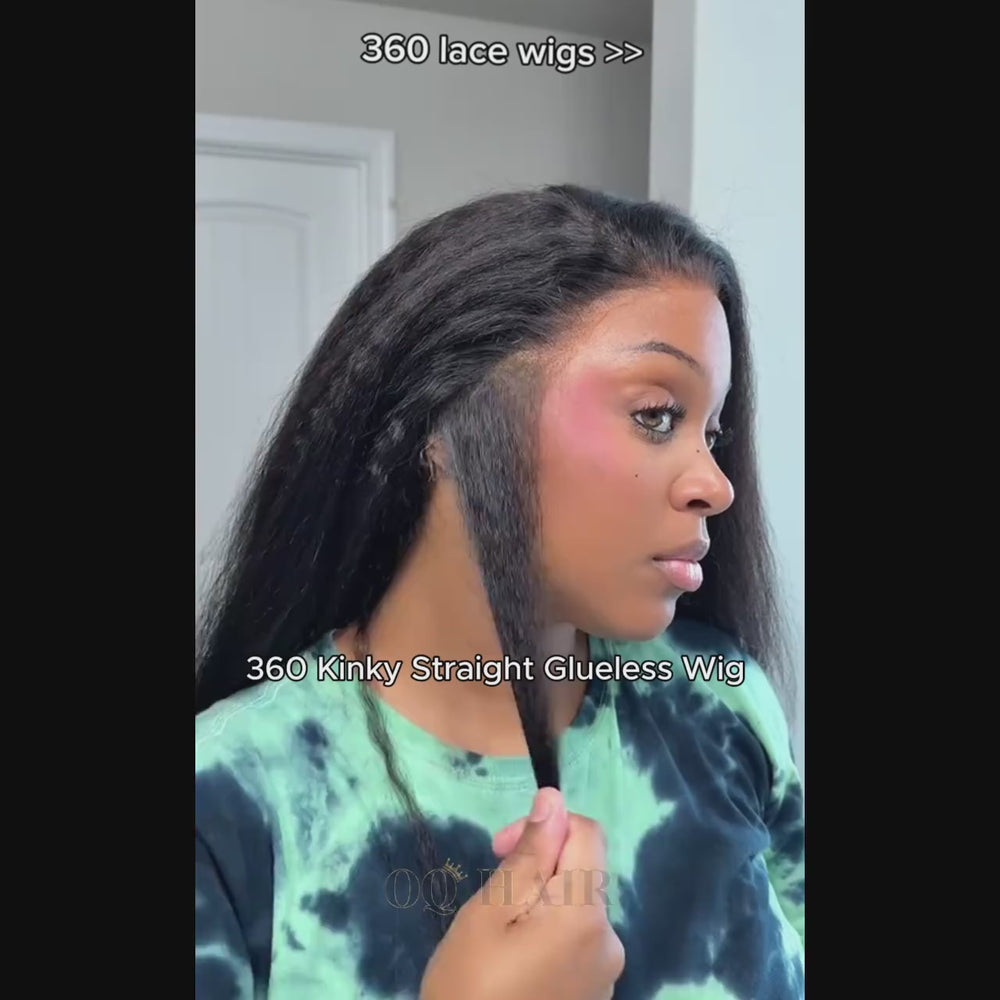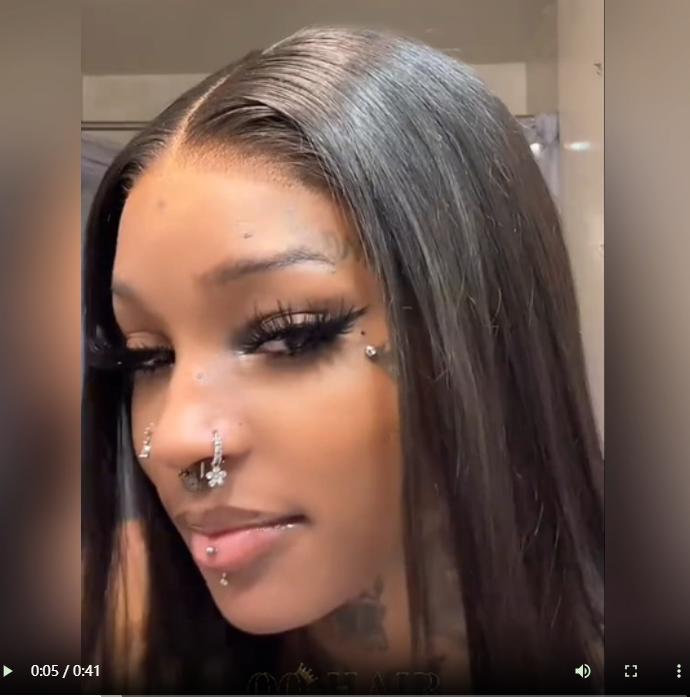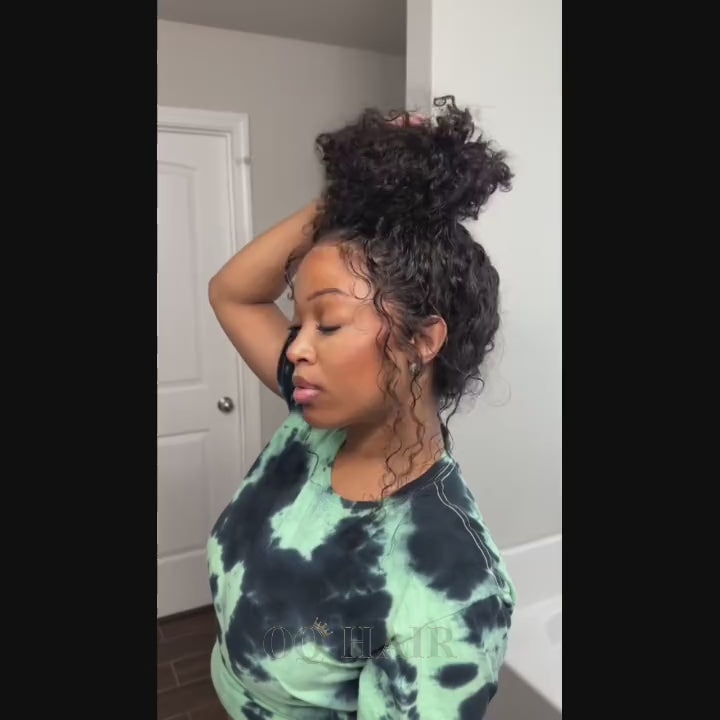A Guide to the Different Types of Wigs 2024
Wigs have become more than just a solution for hair loss; they are now a versatile fashion accessory. With various types of wigs available in the market, it's essential to understand their unique features, advantages, and disadvantages to find the perfect fit for your needs. In this guide, we'll explore 11 different types of wigs to help you make an informed choice.
What Are The Different Types Of Wigs?
The easiest way to understand the classification of wigs is by categorizing them based on the type of hair used. Wigs can be divided into two main categories: human hair wigs and synthetic wigs. Human hair wigs are crafted from 100% real human hair, resulting in an real touch and natural appearance. They can be styled and dyed just like natural hair. However, it's important to note that human hair wigs are generally more expensive and require more maintenance compared to synthetic wigs. This blog explan the reasons: Why Are Human-Hair Wigs More Expensive.
On the other hand, synthetic wigs are made from synthetic fiber materials such as polyester or acrylic. They are more cost-effective and offer a variety of pre-designed hairstyle options. However, synthetic wigs have a shorter lifespan, and their appearance is less natural. They cannot be styled using heat tools.
Additionally, wigs can be classified based on their cap construction method. Today, we will primarily focus on discussing the most common types of wigs available in the market.
The Most Common Different Types of Wigs
Wigs come in various types, styles, and materials to cater to different preferences and needs. Here are some of the most common types of wigs:1. Lace Closure Wig
A lace closure wig features a lace piece at the front that mimics a natural hairline. The common lace size(your parting area) are 4x4 inches and 5x5 inches. This gives it an natural appearance but limited parting options(compared to lace front wigs).
- Advantages: Affordability among lace wigs, natural hairline, optional adhesive use.
- Disadvantages: Limited styling options; ideal for simple center parting.

2. Lace Front Wig
A lace front wig(13 inches width by 4 or 6 inches deepth) shares the characteristics of a lace closure wig but extends the lace to cover the entire front of your head. It offers a realistic hairline and versatile styling.
- Advantages: Larger lace area for a more natural hairline and parting styles. You can choose deep side part, c part or braiding style. This post may offer some ideas for your frontal wig: 15 Effortless Hairstyles for Lace Front Wigs.
- Disadvantages: Must requires adhesive for attachment. Since the lace area is relatively large, extra care is required when maintaining it.

3. Wear and Go Glueless Wig
These glueless wigs are designed for easy wear and do not require adhesive for attachment. They provide comfort and hassle-free convenience. OQ Hair's wear go wigs are mainly divided into three sizes, the basic version of the 4x6 closure wear go wig, the specially designed 9x6 m-cap wig, and the frontal size of 13x4 wear go wig for you to choose from.
- Advantages: No adhesive needed, easy to put on, protects natural hair and scalp.
- Disadvantages: Higher price than other type of wigs.

4. 360 Lace Wig
A 360 lace wig offers full lace coverage around the head, allowing for high ponytails, updos, and versatile styling. It combines the advantages of lace front wigs with extensive coverage.
- Advantages: 360-degree lace coverage around the head, suitable for intricate hairstyles like ponytails.
- Disadvantages: Slightly higher price, may require assistance for nape attachment, challenging for beginners.

5. Full Lace Wig
Full lace wigs are known for their superior natural appearance. They offer extensive styling possibilities, excellent breathability, and a comfortable fit.
- Advantages: Completely natural appearance, entire cap made of lace for versatile parting.
- Disadvantages: High cost, meticulous maintenance required.

6. Monofilament Wig
Monofilament wigs feature a fine, breathable mesh-like material at the crown that provides a natural look and comfort. They are suitable for individuals with sensitive scalps.
- Advantages: Natural appearance, comfort, breathability, suitable for sensitive scalps.
- Disadvantages: Typically more expensive.

7. Headband Wig
Headband wigs are designed for easy wear, typically featuring a headband attachment. They require no adhesives and offer versatile looks with different headbands.
- Advantages: No adhesive required, interchangeable headbands to complement various outfits.
- Disadvantages: Limited styling options as the hairline is concealed by the headband.

8. V Part Wig
V part wigs provide a unique parting style in the shape of a "V," adding a distinctive touch to your look. They offer a natural appearance and are easy to wear.
- Advantages: Unique V-shaped parting, natural appearance, easy to wear.
- Disadvantages: Limited versatility in parting compared to other wig types.

U part wigs allow you to blend them with your natural hair, creating a seamless look. They offer convenience and a natural appearance.
- Advantages: Allows blending with natural hair, convenient.
- Disadvantages: Requires leaving some natural hair out, resulting in less coverage.
 10. T Part Wig
10. T Part Wig
- Advantages: Distinct T-shaped parting, offers a natural appearance and ease of wear.
- Disadvantages: Limited in parting styles compared to other wig types.

How to Choose the Right Wig Type for You
1. Budget
Determine how much you are willing to spend on a wig. This will help narrow down your options. Lace wigs are generally more expensive compared to non-lace wigs. Within the category of lace wigs, the price tends to increase with the size of the lace area, offering greater styling freedom. Typically, the most expensive option is the full lace wig, followed by the lace front wig, with closures being more budget-friendly. The most economical choice is the T-part wig. Additionally, wig styles that are glueless tend to have higher prices due to their meticulous craftsmanship.
2. Purpose
Consider why you need a wig. Are you purchasing it for a costume party or everyday use? This will also affect the type of wig you choose. For everyday wear that emphasizes easy maintenance while expressing personal style, colored wigs are an excellent choice. Opting for a colored wig allows you to showcase your individuality with a look that is both vibrant and easy to manage.
3. Style and Length
Decide on the desired style and length of the wig. Consider your personal preferences, face shape, and the look you want to achieve. This blog may help choose the right wig length: How to Measure Wig Length for Beginners.
4. Material
Decide between synthetic wigs or human hair wigs. Synthetic wigs are more affordable, while human hair wigs offer a more natural look and can be styled like real hair.
6. Maintenance
Consider the level of maintenance you are willing to put into the wig. Curly wigs require more care and styling than straight and wavy wig.
Conclusion
Each type of wig has its own set of advantages and disadvantages, catering to different preferences and needs. To find your perfect fit, consider factors such as your desired appearance, comfort level, and budget. With the right wig, you can confidently explore a myriad of hairstyles and express your individuality with ease.
Related Posts
Wig VS Weave: What is The Difference and How to Choose
Unlock Your Style: Inspiring Wig Color Ideas for a Fresh Look









